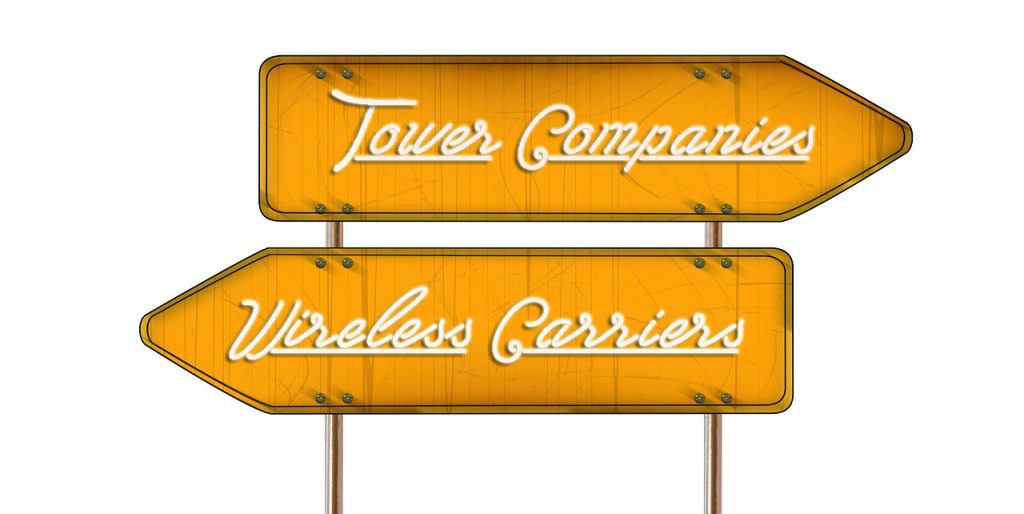5 Themes from WIA Show 2017

The Wireless Infrastructure Show is the pre-eminent tower show in the US. The WIA who puts on the show consists of both tower companies and wireless carriers although it has mostly been run by the tower companies. The Show is a great show to get a chance to talk to and hear from people in the field building and operating towers and small cells. Here are the themes that we found most intriguing at the show.
1. Wireless Carriers and Tower Companies Have Increasingly Different Objectives
The dichotomy between what we heard at the show public events and what we heard directly from tower companies during the meeting is greater than we can remember. Whether related to how small cells fit in, the focus of municipal legislation, or how small and mid-size tower companies are now fulfilling the role that public tower companies did previously for wireless carriers, there is a growing divide between what were previously cohesive goals.
2. Tower Companies and Wireless Carriers Don’t See Eye to Eye on Small Cell Legislation
While the WIA is supposedly an organization that works for both carriers and tower companies, the dissention between the two is most apparent in the interest both groups have in small cell infrastructure. The tower companies are quick (too quick in my opinion) to proclaim that no macro tower has ever been replaced by small cells all while intentionally failing to acknowledge the displaced Capex budgets for small cells and the declining collocation lease-up for new macrocells. The carriers secretly (or not so secretly) are pushing for small cell legislation that doesn’t afford the same protections to public tower companies (or DAS companies) as it does to wireless carriers. As a result, the tower companies now have lobbyists and possibly PACs of their own to push for their own objectives but nowhere near as many lobbyists as AT&T and Verizon have retained.
3. There Are Signs of Tower Crew Shortage Already.
We asked this question over and over and received mixed responses. Some smaller tower companies (presumably those with long term relationships with vendors) indicated that they weren’t having any issues. However, we heard from more than one contact that there were notable shortages especially on larger jobs. Considering that nominal repacking from the broadcast incentive auction has commenced and that AT&T hasn’t yet released the flood gates of FirstNet activity, we will be watching this trend closely to determine how it impacts revenue expectations by the public tower companies and deployment activity by the wireless carriers. After closely examining the location of tower company towers in each of the 10 phases of repacking for a hedge fund client which tend to be backloaded over the next 3-year period, we suspect that the crew shortage will get worse.
4. The Impact (if not the number of towers actually relocated) of “Rip-n-replace” is Greater Than Expected.
Unsurprisingly, this really wasn’t discussed at the public level at all- but 8 out of 10 of our private conversations dealt with the possibility that private tower companies are building new towers near existing towers to accommodate one or more wireless carriers relocating from the existing tower to reduce their rent. While we aren’t seeing evidence of a substantive number of actual relocations as of yet, we have received an increasing number of inquiries from landowners who have been approached by one of the eight or so private tower companies who are reputed to be actively engaged in relocation efforts.
More importantly, for the first time, we heard specific and actionable efforts by the public tower companies to counter the possible threat, which tends to suggest that they are more concerned about the threat than they publicly acknowledge.
5. The Tower Industry is Optimistic About Modification Activity, but Pessimistic Regarding New Lease-Up Activity.
At least as it pertains to our checks, the tower industry seems outright gleeful about the increase in modification activity expected in the coming years. Between FirstNet, the Incentive Auction, and TMUS activity, towers should see nice revenue growth from modification activity in the next 2-3 years.
Left unsaid (or in some cases directly said) was the low expectations of collocation lease-up activity in the coming future. While FirstNet may result in some limited number of new collocations, it won’t be material. Some of our tower company clients indicated that they have been seeing low lease-up while others are seeing more positive lease-up. There does appear to be a correlation between higher lease-up and to the urban/suburban/rural location of the towers. If you are looking for details on which tower companies have the most urban/suburban/rural towers and which tower companies have the fewest competing structures per tower amongst the tower companies, we recently completed an in-depth statistical analysis on this for a hedge fund client. Contact us for more details.











